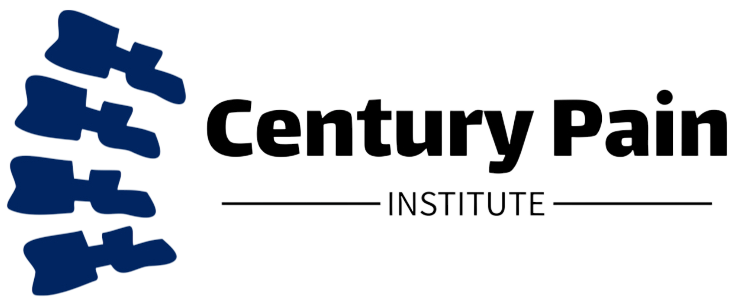
Sympathetic blocks (Stellate ganglion blocks, lumbar sympathetic blocks)
Sympathetic Blocks are targeted injections used to interrupt the sympathetic nervous system’s ability to transmit pain signals. The sympathetic nervous system controls various bodily functions such as blood flow and sweating, and can sometimes contribute to chronic pain when it becomes overactive. Sympathetic blocks are commonly used to treat conditions like Complex Regional Pain Syndrome (CRPS), reflex sympathetic dystrophy (RSD), chronic pain in the limbs, and vascular pain.
During the procedure, a local anesthetic, often combined with a corticosteroid, is injected near specific nerves of the sympathetic nervous system, usually in the neck, mid-back, or lower back. By temporarily blocking these nerves, the sympathetic block can provide significant relief from pain, reduce inflammation, and improve blood flow to the affected area.
Sympathetic blocks are particularly useful for patients experiencing persistent pain that has not responded to other treatments like medications or physical therapy. While the relief may be temporary, the procedure can serve both as a diagnostic tool to identify the source of pain and a therapeutic option to manage symptoms. Multiple blocks may be necessary to achieve longer-lasting relief.
Request an AppointmentPeripheral Nerve blocks:
Peripheral Nerve Blocks are targeted, minimally invasive procedures used to manage and alleviate pain by temporarily interrupting the pain signals traveling through specific nerves. These blocks are commonly used to treat pain from conditions affecting the arms, legs, neck, or face, such as sciatica, shingles (postherpetic neuralgia), complex regional pain syndrome (CRPS), or nerve injury.
During a peripheral nerve block, a local anesthetic and sometimes a corticosteroid are injected near a specific nerve or group of nerves. This blocks the nerve from transmitting pain signals to the brain, providing temporary or long-lasting relief depending on the type of block used. In some cases, the procedure also helps to diagnose the source of pain, guiding further treatment options.
Peripheral nerve blocks are often used both as a diagnostic tool and a therapeutic option, either on their own or in conjunction with other treatments like physical therapy or medications. The procedure is typically performed with the help of fluoroscopic (X-ray) or ultrasound guidance to ensure precise injection.
Nerve ablation:
Peripheral Nerve Ablation is a minimally invasive procedure used to provide long-term pain relief by disrupting the nerve’s ability to transmit pain signals to the brain. It is typically recommended for patients with chronic pain conditions such as sciatica, post-surgical pain, complex regional pain syndrome (CRPS), or nerve injuries that have not responded to conservative treatments like medications or physical therapy.
During the procedure, a radiofrequency (RF) energy probe is used to apply heat to the targeted nerve, effectively destroying the nerve tissue. This process disrupts the nerve’s ability to send pain signals. The procedure is typically guided by fluoroscopic (X-ray) or ultrasound imaging to ensure precise placement of the needle near the affected nerve.
Peripheral nerve ablation offers significant pain relief for many patients and is considered a safe, effective alternative to more invasive surgical options. Although the nerve may regenerate over time, relief can last for many months or even years, depending on the individual.
Nerve stimulation:
Peripheral Nerve Stimulation (PNS) is a non-invasive treatment used to manage chronic pain by delivering electrical impulses to specific peripheral nerves, disrupting pain signals before they reach the brain. It is typically recommended for patients with conditions like sciatica, complex regional pain syndrome (CRPS), post-surgical pain, or neuropathic pain in the arms, legs, or other areas of the body.
The PNS procedure involves the implantation of a small, flexible electrode near the affected nerve. This electrode is connected to a small pulse generator, which sends electrical impulses to the nerve. These impulses are intended to modify or block the transmission of pain signals, often providing significant relief without the need for invasive surgery or long-term use of medications. The pulse generator is typically implanted just under the skin, and the patient can adjust the settings to optimize pain relief.
PNS is a reversible and adjustable treatment with minimal downtime and is generally well-tolerated. For patients experiencing chronic pain that hasn’t responded to other treatments, peripheral nerve stimulation can offer a viable, long-term solution.
